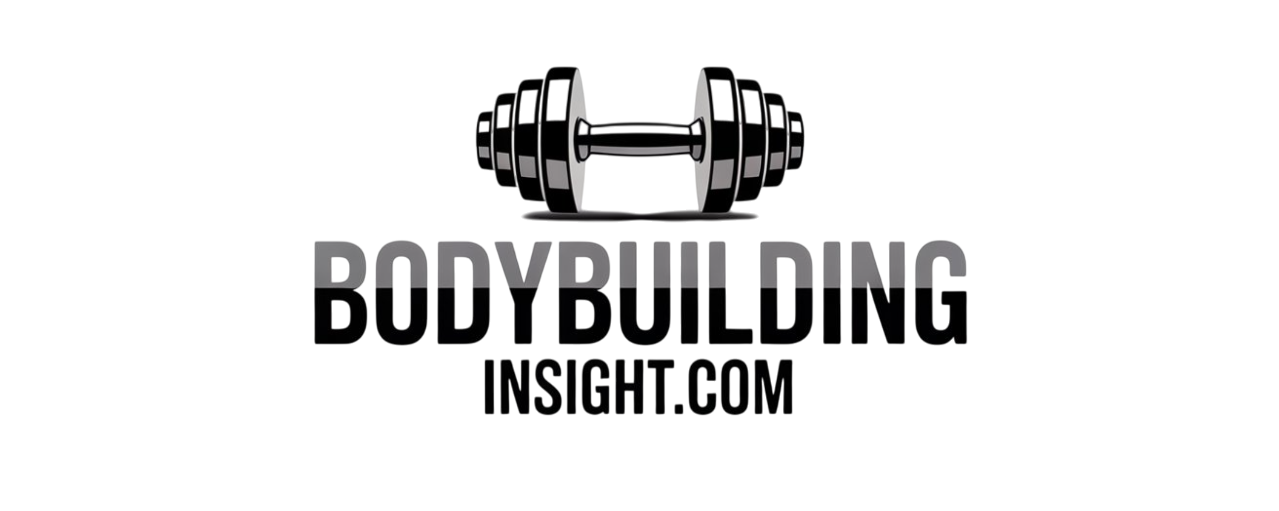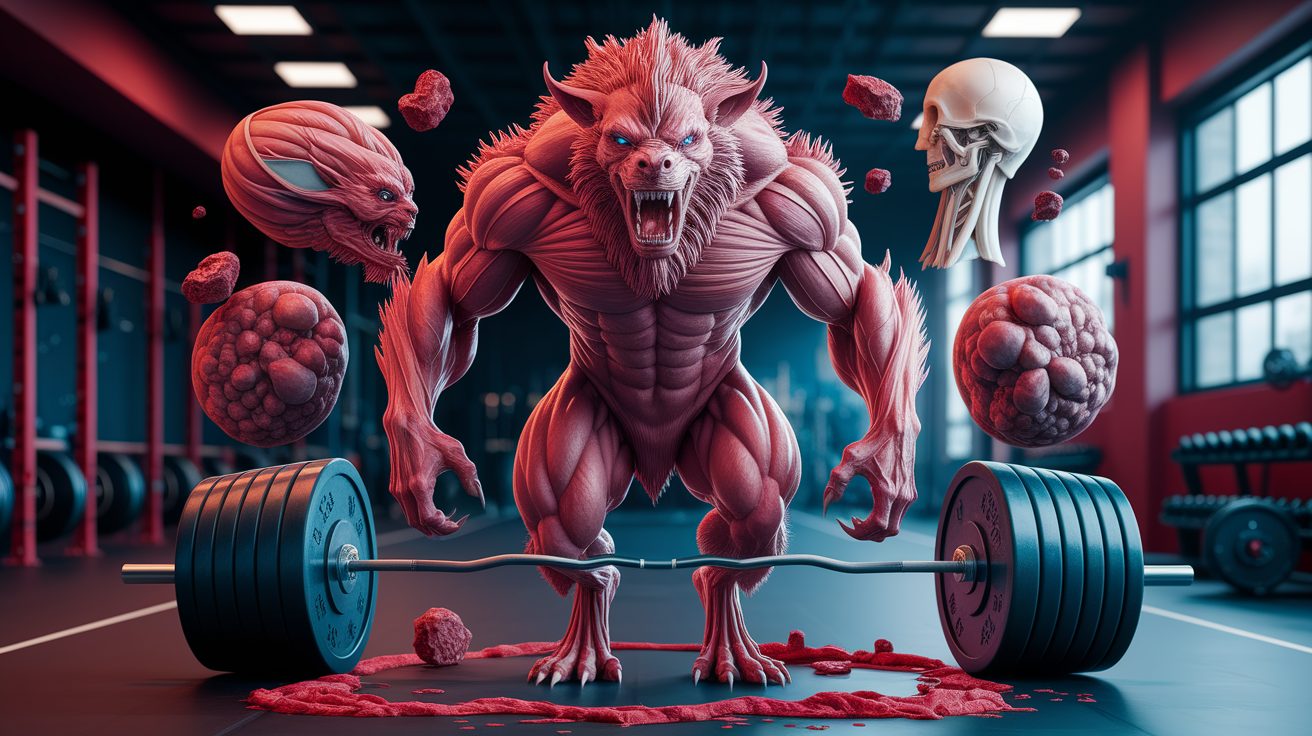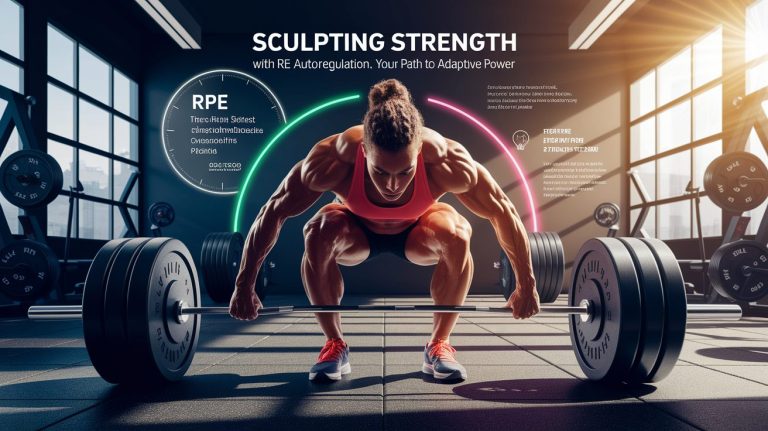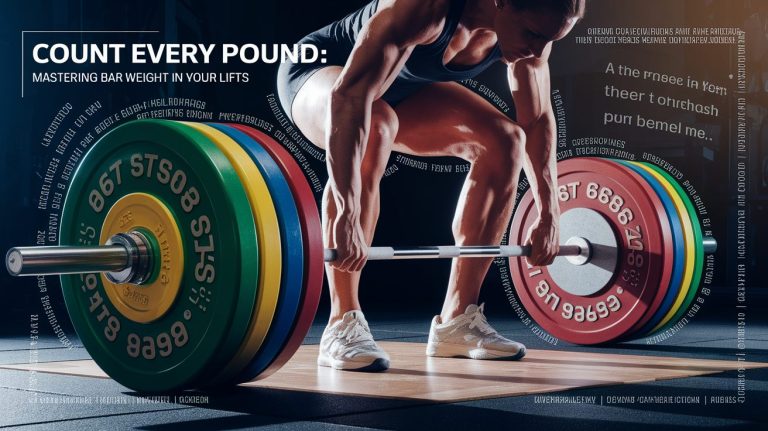Taming the Tendonitis Beast: The Ultimate Lifters’ Guide to Managing Tendonitis
Introduction
Tendonitis can be a frustrating, performance-limiting injury for lifters. It steals your strength, interrupts your training momentum, and if ignored, can derail months of hard-earned progress. The good news: with the right science-backed approach, you can manage tendonitis effectively, return to full strength, and take proactive steps to prevent it from striking again.

Understanding Tendonitis in Lifters
Tendonitis is the inflammation of a tendon — the tough connective tissue linking muscle to bone. In lifters, it often stems from repetitive stress and overuse, causing microtears, swelling, and functional impairment. Common sites include the knees, shoulders, elbows, wrists, and Achilles tendons. Left unchecked, acute tendonitis can progress to tendinosis or even complete tendon tears.
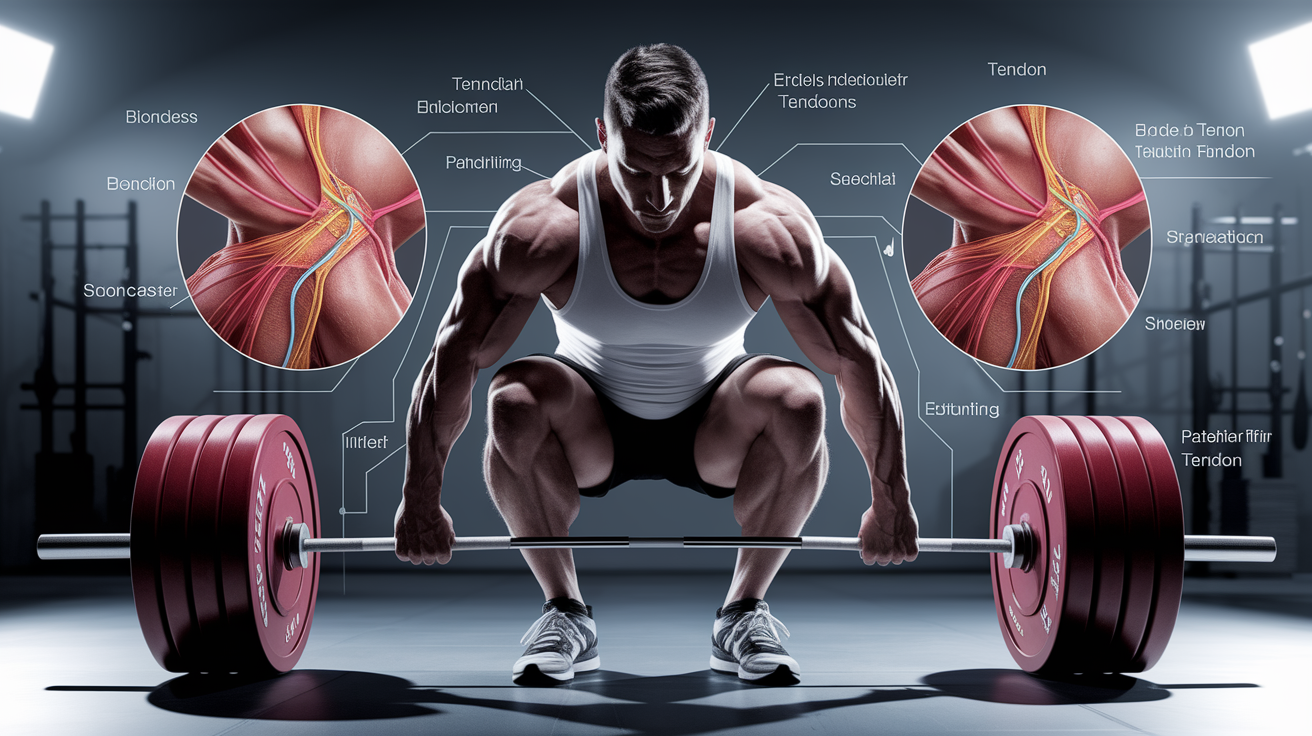
Recognizing tendonitis early is key: pain that starts during or after lifting sessions and intensifies over time is not “just soreness.” Identifying it before it becomes chronic will save you months of recovery and preserve your long-term lifting career.
Identifying Causes and Risk Factors
For lifters, the primary driver of tendonitis is overuse — a high training volume or intensity without adequate recovery. Improper lifting technique, sudden programming changes, and poor joint alignment (especially in knees and shoulders) amplify tendon strain. According to sports injury research, certain exercises like deep squats or heavy overhead presses can predispose individuals to localized inflammation if executed without proper form.

Additional factors include age-related tendon degeneration, muscle imbalances, and ignoring early pain signals. Continuing to lift through worsening symptoms often escalates damage from inflammation to structural breakdown.
Recognizing Symptoms and Diagnosis
The classic presentation of tendonitis includes:
- Localized pain during or after lifting
- Swelling or warmth over the tendon site
- Stiffness after periods of rest
- A burning sensation during exercise
Diagnosis typically involves a physical examination and, if necessary, imaging to rule out partial tears. Being able to differentiate tendon pain from muscle soreness or joint injury is essential — tendon pain is sharper, more persistent, and typically worsens with repetitive motion.
Immediate Management and Pain Relief Strategies
The first priority in managing acute tendonitis is reducing load and inflammation:
- Rest & Recovery: Remove aggravating lifts from your program immediately.
- Ice Therapy: Apply 15–20 minutes post-activity to reduce blood flow and inflammation.
- Compression Therapy: Use wraps to limit swelling in affected areas.
- NSAIDs for Short-Term Relief: Use under medical guidance to manage pain and inflammation.
While rest is crucial, complete inactivity is not usually necessary. Focus on non-aggravating movements and maintain general conditioning.
Rehabilitation and Strengthening Protocols
The cornerstone of tendonitis recovery is progressive loading via eccentric exercises. These strengthen the tendon and surrounding musculature, restoring capacity without overloading damaged tissue.
Sample Eccentric Protocol
- Eccentric Heel Drops: For Achilles tendonitis — 3 sets of 15 reps daily.
- Slow Negative Wrist Extensions: For elbow tendonitis — 3 sets of 10 reps, light weight.
- Slow Tempo Squats: For patellar tendonitis — focus on controlled descent.
Combine these with mobility work, stretching of tight muscle groups, and correcting faulty biomechanics. Physical therapy can provide manual interventions and guide loading strategies to minimize recurrence.
Prevention and Long-Term Maintenance
Prevention is always more efficient than rehab. Implement the following strategies:
- Technique Mastery: Proper alignment reduces tendon strain.
- Progressive Overload: Increase training volume/intensity gradually.
- Load Management: Periodize heavy lifts and include deload weeks.
- Warm-Up & Mobility: Prime joints with dynamic movements before lifting.
- Pain Monitoring: Respect early tendon pain — do not push through it.
Integrating recovery days, soft tissue therapy, and balanced programming will help you stay tendonitis-free while hitting progressive strength targets.
Advanced Medical and Surgical Interventions
When conservative measures fail, advanced options may be necessary. Physicians may recommend cortisone injections for short-term relief, platelet-rich plasma (PRP) therapy to stimulate healing, or surgical intervention for severe degeneration or tears. According to the Mayo Clinic, surgery is typically a last resort, used only when function is severely limited and non-invasive treatments have been exhausted.
Frequently Asked Questions (FAQ)
How long should I rest from lifting with tendonitis?
Depends on severity — mild cases may need 1–2 weeks of modified training, while severe inflammation could require 4–6 weeks or more.
Can I continue weightlifting with tendonitis?
Only with modifications. Remove aggravating lifts and replace them with pain-free alternatives, focusing on rehab movements.
What are the best exercises for tendonitis recovery?
Eccentric exercises targeting the injured tendon, combined with mobility and stability work for surrounding joints.
How do I prevent tendonitis from recurring?
Master your technique, manage training load, warm up properly, and respect early warning signs.
Should I use ice or heat for lifting-related tendonitis?
Ice is optimal for acute inflammation; heat may be beneficial later to promote blood flow in chronic stages.
When should I see a doctor for tendonitis?
If symptoms do not improve after 2–3 weeks of proper management, or if pain significantly impacts daily function.
What lifting modifications help with tendonitis?
Reduce range of motion, swap high-strain lifts for alternatives, and decrease volume/intensity.
How do I know if my tendonitis is healing?
Pain reduction during activity, improved function, and tolerance to progressive loading indicate healing.
Conclusion
Tendonitis is a formidable opponent, but it’s not unbeatable. By combining immediate load management, structured rehabilitation, and long-term prevention strategies, lifters can recover fully and protect themselves from recurrence. Remember, the strongest athletes aren’t just those who lift the heaviest — they’re the ones who train smart, respect their bodies, and build strength with discipline and science.
